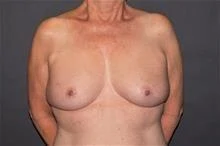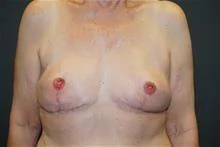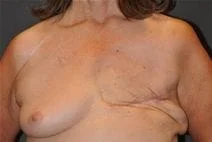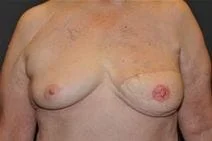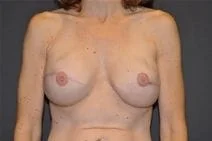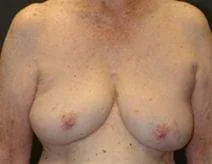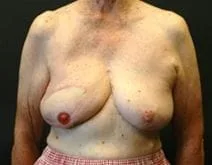If you are on this website and have been newly diagnosed with breast cancer, please be reassured that Dr. Lindsey is part of a large team of consultants at East Jefferson General Hospital who collaborate regarding the best options for you. Breast cancer management is complex and on-going and requires a close-knit team of professionals which includes breast surgeon, surgical oncologist, radiation oncologist and plastic surgeon. This team of professionals will formulate the best plan for you to assure your best chances for disease-free survival and cosmetic outcome. This involves an array of options carefully tailored to you and your specific situation. If mastectomy is recommended, then further details can be carefully mapped out including traditional mastectomy versus skin- and nipple-sparing procedures. Dr. Lindsey is proud to be associated with these outstanding physicians who will work hard to produce the best possible outcome and patient experience. These physicians are also here for you for the longterm.
Dr. Lindsey offers both implant-based and natural (DIEP) reconstruction. This decision as to what is best for you is based on many variables, and sometimes your preference. Both implant-based and natural reconstruction can deliver authentic and lasting results. The quality of implant-based reconstruction has improved due the newest techniques available including the use of acellular dermal matrix. Dr. Lindsey has been offering natural reconstruction using the DIEP technique for over 20 years.
Implant-based reconstruction can be done with saline or silicone breast implants. Current techniques allow for one-stage reconstruction, meaning that the breast can be removed and reconstructed at one surgery. Dr. Lindsey has particular interest and expertise in the DIEP flap, which uses excess skin and fat from the abdomen in the form of an abdominoplasty. This particular type of natural reconstruction gives excellent results, but is a longer surgery that usually requires two to three days of hospitalization. Implant-based reconstruction is often done outpatient.
The DIEP flap does offer the potential for the most authentic and lifelong reconstruction, as a patient's own skin and fat reproduce a natural breast remarkably well. Only excess skin and fat in the lower abdominal area is used. Secondary benefits include contouring of the abdomen which can result in an improved figure. This advanced microsurgical technique of reconstruction is the updated version of the TRAM flap. The advantage of the DIEP flap over the TRAM flap is that there is no use of the rectus abdominus muscle. This advance is beneficial and important for the patient because of less pain, improved recovery and avoidance of abdominal wall hernia and weakness. Please read the review article written by Dr. Lindsey which can be found elsewhere on this website (Meet Dr. Lindsey) where illustrations are available, and technical details of the procedure are discussed.
Patients who are the best candidates for DIEP flap reconstruction can be normal weight, overweight, and even obese (BMI>30). For thinner patients, implant-based reconstruction is an excellent way to go. Dr. Lindsey is fellowship trained in microsurgery in addition to traditional plastic surgery, so he will be able to offer to you the full range of options and specifically tailor your reconstructive needs to your specific anatomy and circumstance.
Whether having natural or implant-based reconstruction, revisions are typically needed 4 to 6 months after the original surgery to complete the reconstruction. This can include additional shaping of the breast mound, touch-up fat grafting, scar revision and addition of a nipple/areola if needed. These touchups are outpatient procedures.
Over the past two decades, breast reconstruction has taken tremendous strides forward, and now high-quality reconstruction is the norm, hospital stays are now brief, and patient comfort has been greatly improved. Whether a patient is undergoing implant-based or natural reconstruction, pain management has also greatly improved. Ultrasound-guided regional anesthetic blocks with long-acting anesthetic are routinely performed. These regional blocks typically last three days, after which patients are feeling better. Specific blocks that Dr. Lindsey use are the PEC1 and Serratus Anterior Plane for implant-based reconstruction and TAP blocks for DIEP flap reconstruction. Dr. Lindsey has a special interest in patient comfort and has published on these techniques and uses them liberally. Please see his publication under Meet Dr. Lindsey.
Our entire team is dedicated to you and your optimal outcome. Thank you for considering us for assisting you through this process.


